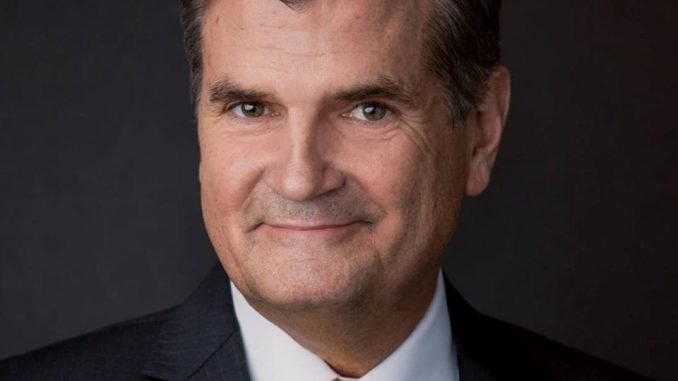
Zenerchi, a Salt Lake City-based startup, is developing medical visualization technology for museums, healthcare and wellness providers and for individuals that could fundamentally change the way humans see themselves.
Founded by Bryan Brandenburg, who co-founded Comic Con Salt Lake (later changing the name after a trademark lawsuit to FanX Salt Lake), I failed to see the connection between cosplay and medical visualization. It turns out, he dropped out of college a few credits shy of a dual degree in applied physics and applied math to do graphics for early video game technology.

Bryan Brandenburg
CREDIT: ZENERCHI
“After this, I created flight, golf and human simulators based on the science of aerodynamics and early versions of artificial intelligence in video games,” Brandenburg told me. “Later I was instrumental in visualizing human anatomy, biology, and microbiology as CEO of Zygote Media Group. I created 3D models and the associated physics of the solar system and built the International Space Station, space shuttle, Hubble Telescope, the Earth and moon and a lunar base in 3D.”
Brandenburg’s science cred is validated by having one of Utah’s most respected biotech entrepreneurs and venture capitalists, Dinesh Patel, join the board. While Zenerchi will have entertainment and educational aspects, Brandenburg isn’t just playing around.
“I have deep experience in both the wellness and medical realm and in technology, which made Zenerchi’s vision especially appealing to me,” Patel says. It is a platform for education, for educational entertainment, and even more a technology vehicle that can make a dramatic impact on health, wellness and medical treatments worldwide.”
Patel also serves on the Board of The Leonardo, a science-focused museum in Salt Lake City and helped to arrange for the museum to be the first in the US to host a Zenerchi exhibit. Recently, it was reported that the Leonardo is experiencing financial challenges. The video below provides a glimpse into what the exhibit could be.
“This video demonstrates some of the key components of the scientific visualization of the human body including a cell simulator, body simulator, cancer simulator, visualization of anatomy, heart, brain, cells and more,” Brandenburg says. “It also highlights some of the augmented reality features demonstrating our ability to project complex physiology into a mixed reality environment like the museum.”
By the fourth quarter of 2020, he says the exhibit should be ready for launch at The Leonardo and, via a partnership with China-based Pop Life Global, throughout Asia as well. Pop Life Global has produced five FanX Salt Lake events, which he notes have attracted an audience of “100,000 or more.”
“Pop Life is an ideal partner to manage the production, merchandizing and consumer brand of Zenerchi throughout China and the Asia Pacific and will be influential to the company’s growth in the U.S.,” he says.
One of the innovations Zenerchi is incorporating in its products is a concept Brandenburg calls fractal physiology. “In our known universe, from superclusters of galaxies down to atoms, subatomic particles and quarks, each level has magnificent detail,” he explains, asserting that the fractal nature of human physiology has not been seen in a museum before.
“Additionally, our app will have features that allow you to take pictures of another person that can age them, change their body type and even simulate x-ray vision,” he says. “Unlike the plasticized and anonymous humans you can see in current body exhibits, we will manufacture and present an artistic and scientifically accurate new view of physiology through experiential displays of anatomy, cells, organs and more.”
For Zenerchi, the museum exhibit is a starting place. The hope is to use the technology not only for consumer education but for medical training and potentially as an aid to performing medical procedures.

Dinesh Patel
CREDIT: ZENERCHI
Patel suggests that the technology will enable us to “predict or even know the impact a supplement or procedure will have on our own body and how to maximize the result.”
Perhaps as early as next year, you’ll be able to visit a museum and through Zenerchi’s technology see yourself right down to a representation of the quarks in the atoms that make up the molecules in the cells that comprise your organs, bones and tissues.
[“source=forbes”]
